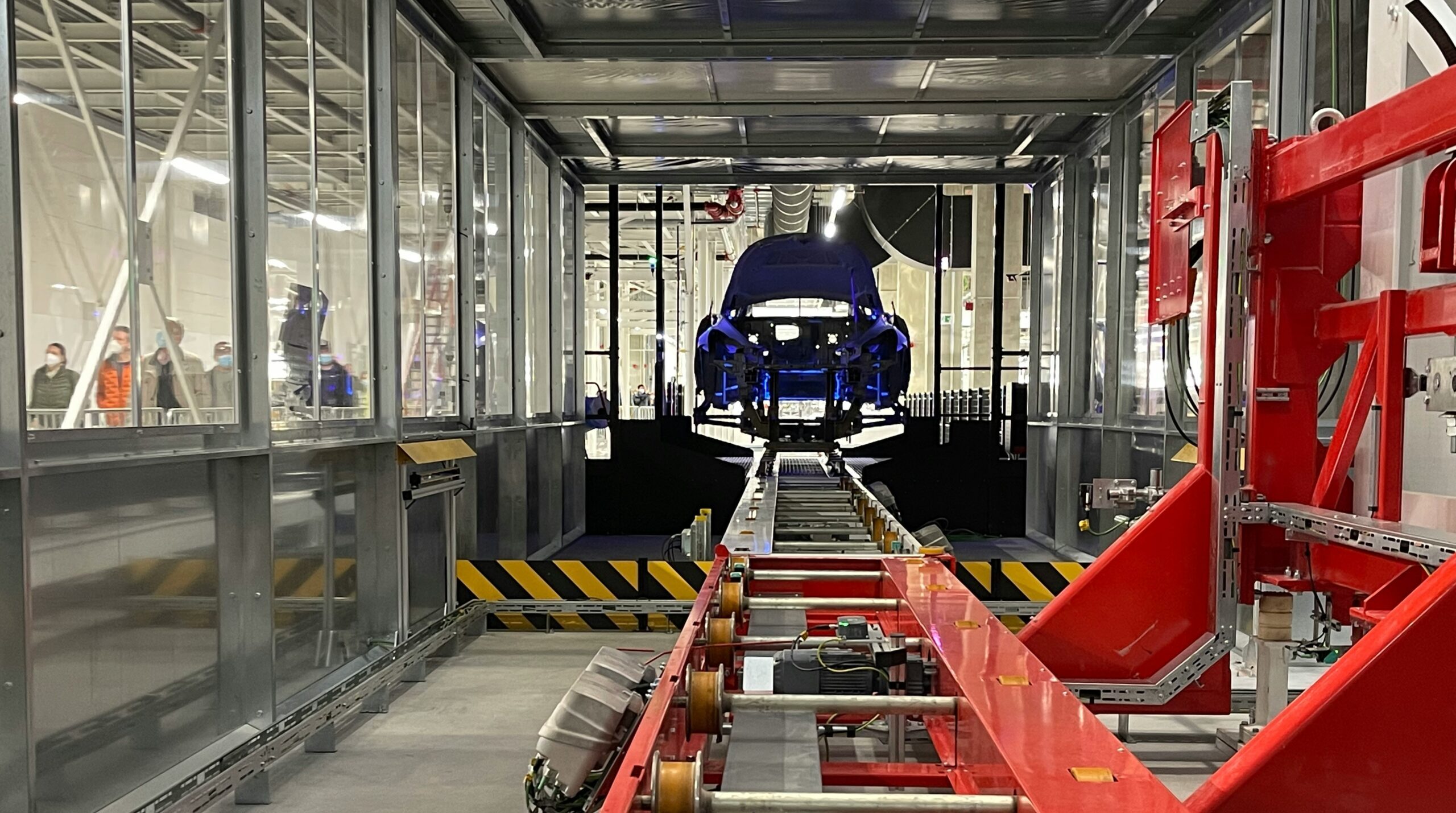KPI – August 2024: Recent Vehicle Recalls
KPI – August 2024: State of Business
KPI – August 2024: State of Economy
KPI – August 2024: Consumer Trends
State of Manufacturing
Economic activity in the manufacturing sector contracted in July for the fourth consecutive month and the 20th time in the last 21 months, say the nation’s supply executives in the latest Manufacturing ISM® Report On Business®. The Manufacturing PMI® registered 46.8% in July, down 1.7 percentage points compared to 48.5% in June.
“U.S. manufacturing activity entered deeper into contraction. Demand was weak again, output declined and inputs stayed generally accommodative,” says Timothy R. Fiore, CPSM, C.P.M., chair of the Institute for Supply Management® (ISM®) Manufacturing Business Survey Committee.
According to Fiore, “demand remains subdued,” as companies show an unwillingness to invest in capital and inventory due to current federal monetary policy and other conditions. Data shows production execution was down compared to June, likely adding to revenue declines and putting additional pressure on profitability. Though he noted suppliers continue to have capacity, with lead times improving and shortages not as severe.
“[Approximately,] 86% of manufacturing gross domestic product (GDP) contracted in July, up from 62% in June,” Fiore says. “More concerning: The share of sector GDP registering a composite PMI® calculation at or below 45% (a good barometer of overall manufacturing weakness) was 53% in July, 39 percentage points higher than the 14% reported in June.
Caption: While Ford secured the top spot in U.S. sales during July 2024, pushing 164,585 units out the door, the automaker is down 1% compared to July 2023 data. Toyota and Honda round out the top three in U.S. sales during the same time, with 153,040 (-8%) and 109,551 (+10%), respectively. Ford remains America’s No.1 truck seller – led by the F-Series and strong gains for Maverick, America’s most affordable pickup
Photo source – Ford Motor Company.
Important Takeaways, Courtesy of the Manufacturing ISM® Report On Business®:
- Demand slowing was reflected by the (1) New Orders Index dropping further into contraction; (2) New Export Orders Index continuing in contraction; (3) Backlog of Orders Index remaining in strong contraction territory; and (4) Customers’ Inventories Index moving lower to the higher end of ‘too low’.
- Output (measured by the Production and Employment indexes) declined compared to June, with a combined 8.5-percentage point downward impact on the Manufacturing PMI® calculation. Panelists’ companies reduced production levels month-over-month, as headcount reductions continued in July.
- Inputs – defined as supplier deliveries, inventories, prices and imports – generally continued to accommodate future demand growth.
What Respondents Are Saying, According to the Manufacturing ISM® Report On Business®:
- “Business is relatively flat – the same volume, but smaller orders.” [Chemical Products]
- “Demand continued to soften into the second half of the year. Supply chain pipelines and inventories remain full, reducing the need for overtime. Geopolitical issues between China and Taiwan, as well as the election in November, remain weighing concerns.” [Transportation Equipment]
- “Even though we are used to a seasonal reduction in business over the summer, consumer behavior is changing more than normal. Sales are lighter, and customer orders are coming in under forecasts. It seems consumers are starting to pull back on spending.” [Food, Beverage & Tobacco Products]
- “Availability of parts is good, with small exceptions of missing materials here and there. Ordering is still well below typical levels, as we continue to burn down inventory of raw goods, with ‘normal’ ordering trends expected to return sometime in the second half of 2024.” [Computer & Electronic Products]
- “It seems that the economy is slowing down significantly. The number of sales calls received from new suppliers is increasing significantly. Our own order backlog is also diminishing. We are hoping for an increase in customer demand, or we will possibly need to make organizational changes.” [Machinery]
- “Unfortunately, our business is experiencing the sharpest decline in order levels in a year. We were well below our budget target in June; as a result, it was the first month this year that we had negative net income.” [Fabricated Metal Products]
- “Business is slowing, and we are taking cost actions.” [Electrical Equipment, Appliances & Components]
- “Some markets that are usually unwavering are showing weakness. Weather is the common factor, but only so much.” [Nonmetallic Mineral Products]
- “Our sales forecast for July and August are slow, but we’re making every attempt to remedy that situation. Our medical end-user customers continue to meet their forecasts, which is promising.” [Textile Mills]
- “Elevated financing costs have dampened demand for residential investment. This has reduced our need for component products and inventory.” [Wood Products]
